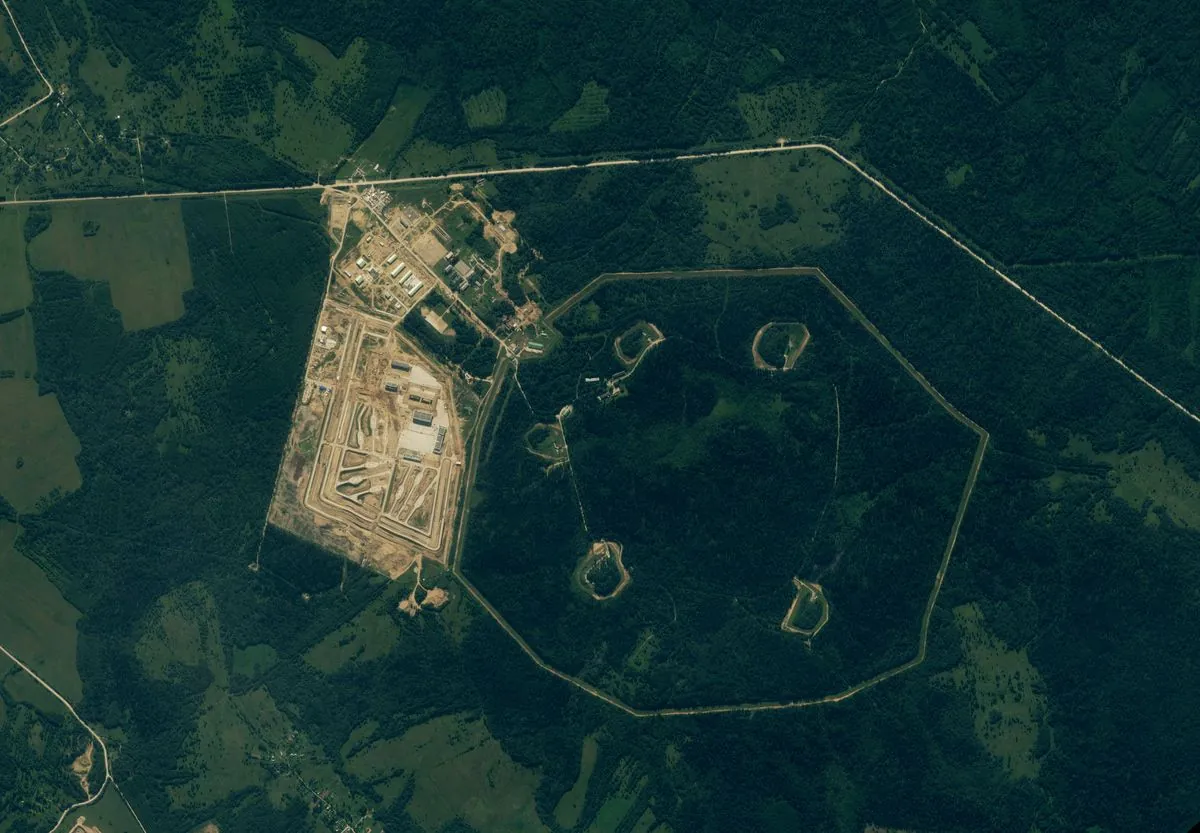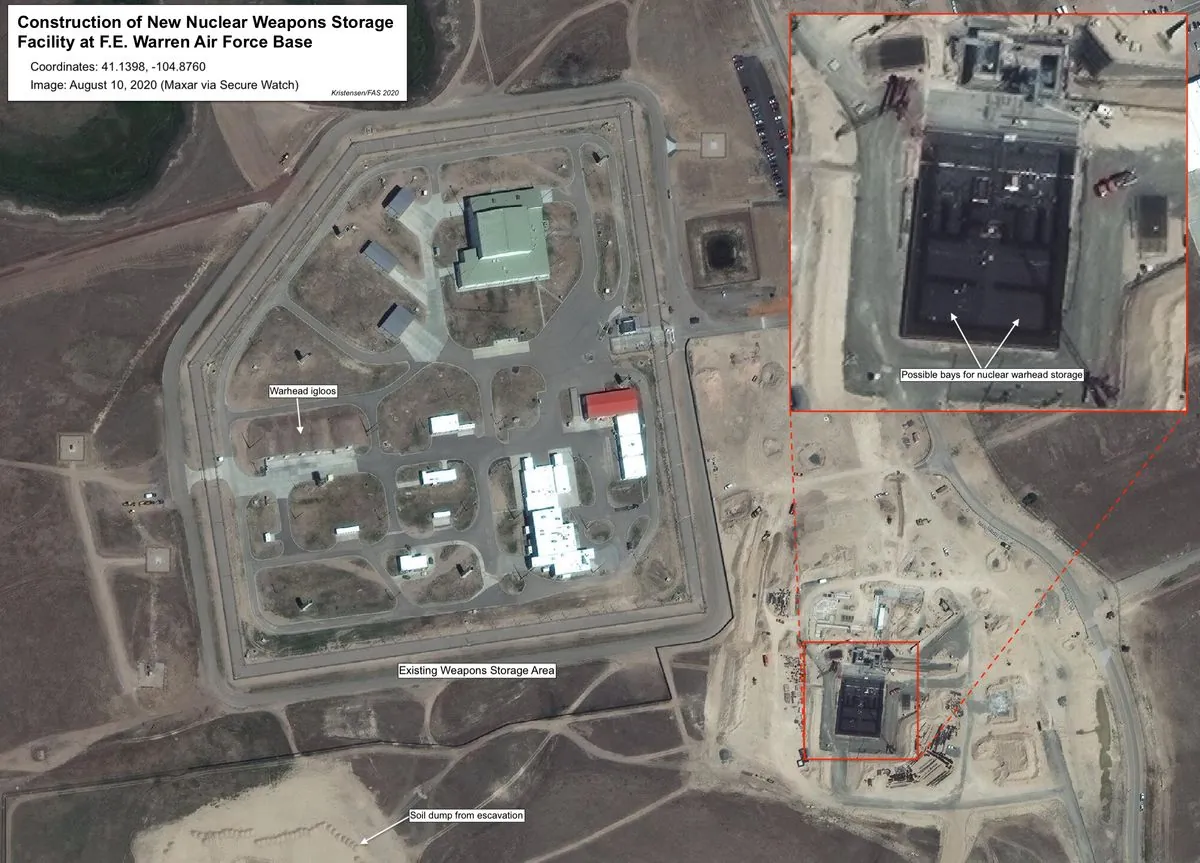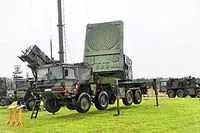Russia's Nuclear-Powered Missile: Capabilities and Limitations Unveiled
Russia's Burevestnik missile, despite its nuclear propulsion, faces technical challenges. NATO's strategic response and the missile's actual capabilities are analyzed in this comprehensive report.

Recent reports have unveiled Russia's progress in developing a nuclear-powered cruise missile, the Burevestnik, also known as SSC-X-9 Skyfall in NATO classification. This development has raised concerns about potential shifts in strategic balance and nuclear deterrence.
The Burevestnik missile, utilizing an unshielded nuclear reactor for propulsion, represents a significant advancement in missile technology. This propulsion system theoretically allows for extended range and low-altitude flight, potentially enhancing its ability to evade detection. However, experts caution against overestimating its capabilities.
"The missile's range is effectively unlimited."
Despite such assertions, technical limitations constrain the Burevestnik's operational effectiveness. Inertial navigation systems, crucial for missile guidance, accumulate errors over time, compromising accuracy during extended flights. Additionally, the Earth's curvature restricts long-range communications, further limiting control over the missile at extreme distances.
The missile's fixed launch sites, reportedly located at facilities like Vologda-20, approximately 400 miles from Russia's borders with Finland and Estonia, present both strategic advantages and vulnerabilities. While these sites enable rapid deployment, they are also more susceptible to detection and potential preemptive strikes.

Comparatively, conventional cruise missiles like the US Tomahawk, with ranges of 770 to 1,550 miles, face trade-offs between fuel efficiency and detectability based on flight altitude. The Burevestnik's nuclear propulsion potentially overcomes this limitation, allowing for sustained low-altitude flight to avoid radar detection.
However, the missile's extended flight time, taking hours rather than minutes to reach intercontinental targets, introduces new strategic considerations. This prolonged travel time could pressure Russian leadership into preemptive launches during crises, fearing the vulnerability of fixed launch sites to NATO counterstrikes.
NATO's response to this emerging threat focuses on enhancing resilience and deterrence. Strategies include investing in dispersed and redundant military infrastructure capable of surviving potential first strikes. The planned deployment of US conventional hypersonic missiles to Germany in 2026 forms part of this evolving defense posture.
Experts emphasize the importance of critically assessing the Burevestnik's actual capabilities amidst Russian claims. The missile's development history, including a fatal explosion during testing in 2019, underscores the challenges and risks associated with this technology.
In conclusion, while the Burevestnik represents a notable technological achievement, its practical military value remains subject to significant limitations. NATO's strategic adaptations and a clear-eyed assessment of the missile's capabilities are crucial in maintaining strategic stability and deterrence in the face of this new development.


































